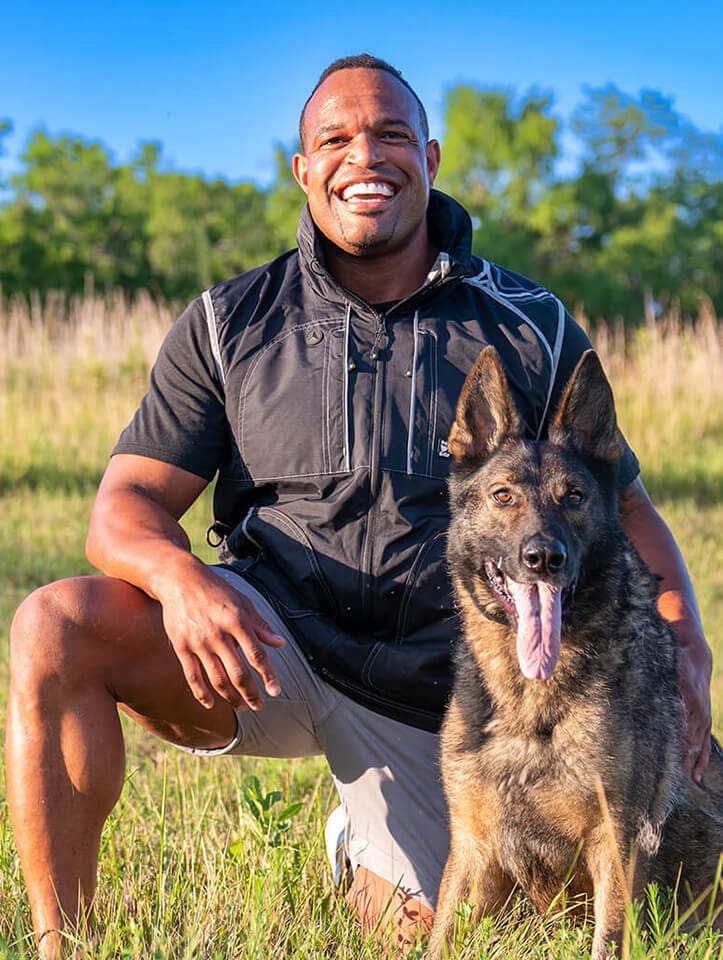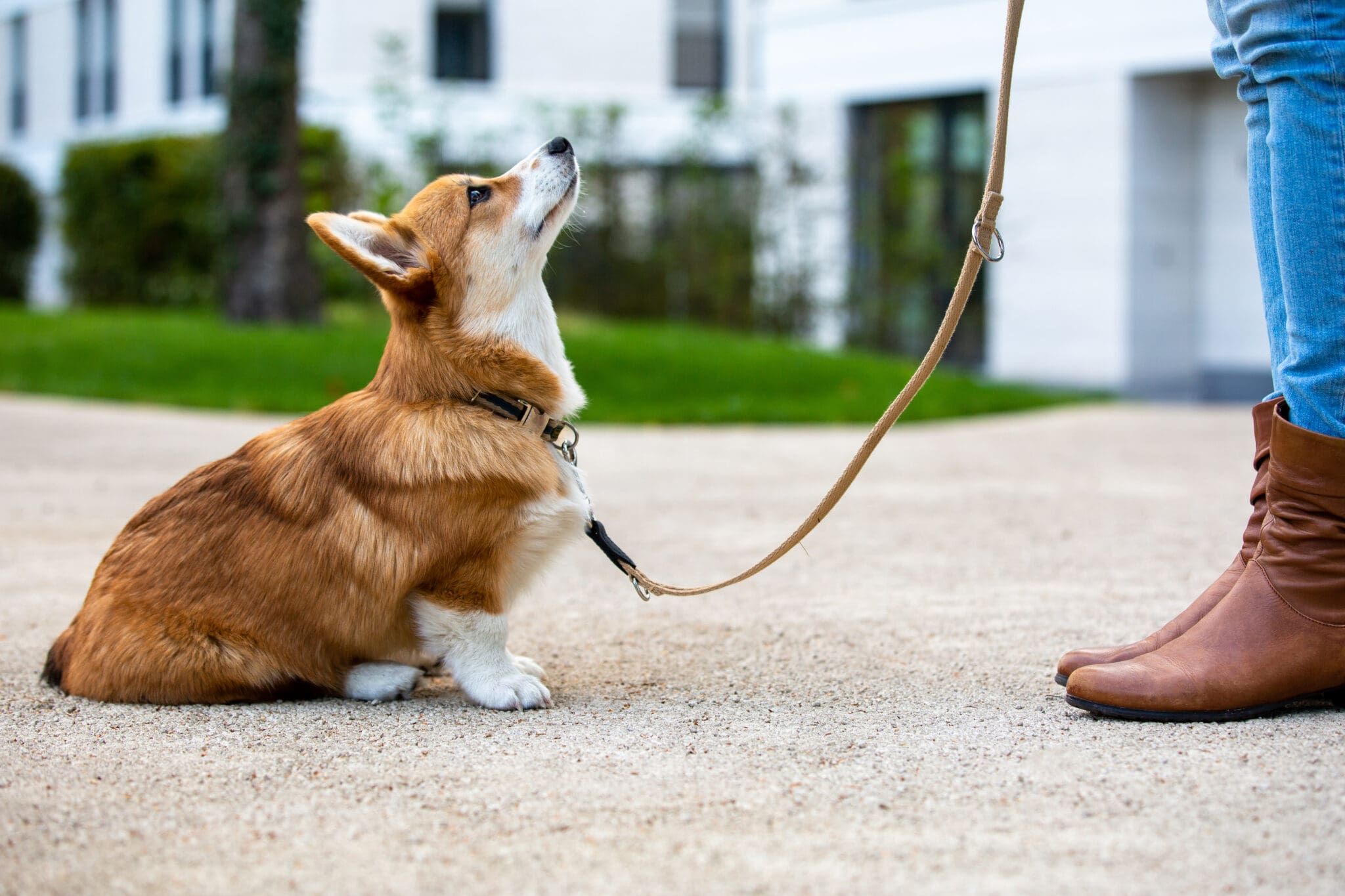Effective Dog Training Tips to Correct Common Behavioral Problems
Effective Dog Training Tips to Correct Common Behavioral Problems
Blog Article
Transform Your Pet dog's Behavior With Proven Training Techniques
Changing your pet's actions calls for a nuanced understanding of their individual attributes and requirements, as well as the application of tested training methods. By employing favorable support and identifying vital cues in their body language, you can efficiently address usual behavior concerns such as too much jumping or barking. Uniformity in your training approach not just enhances obedience yet likewise cultivates a much deeper bond of trust and respect between you and your pet. However, the path to successful transformation may provide unanticipated difficulties that warrant more expedition.
Comprehending Dog Behavior
Comprehending dog behavior is necessary for effective training and communication in between human beings and their canine buddies. Dogs, as social pets, exhibit a variety of habits affected by genes, environment, and experiences - Dog training. Recognizing these behaviors assists proprietors customize their training approaches to meet the specific needs of their pet dogs
Trick elements of dog actions include body language, vocalizations, and social communications. As an example, a wagging tail frequently suggests enjoyment, while a lowered head may signify submission or anxiety. Understanding these signals can aid owners interpret their pet dog's psychological state and react suitably. In addition, socializing plays a crucial function in forming behavior; pet dogs that interact positively with various other animals and various individuals are usually much more adaptable and well-adjusted.
In addition, recognizing stress and anxiety signals-- such as panting, pacing, or evasion behaviors-- can avoid rise into much more serious problems. Proprietors who are attuned to their dog's behavior can create a secure and caring setting, promoting trust fund and boosting the training process. Ultimately, a deep understanding of canine behavior lays the foundation for a harmonious connection and reliable training results, guaranteeing both dogs and their owners grow with each other.
Positive Support Strategies
Favorable support strategies are widely acknowledged as one of the most reliable approaches for training pet dogs, fostering a positive understanding setting. This method entails satisfying preferred habits with treats, appreciation, or play, consequently encouraging the canine to repeat those actions. Unlike corrective methods, positive support develops trust fund and enhances the bond between the instructor and the dog.
Rewards ought to be given immediately following the wanted actions to aid the dog make the link. Consistency is additionally essential; using the very same commands and benefits helps the pet comprehend what is anticipated.
It is essential to keep in mind that favorable support is not about bribery; rather, it has to do with strengthening etiquette. Gradually, as the pet dog finds out to associate particular activities with positive outcomes, the frequency of incentives can be gradually minimized, transitioning to spoken praise or periodic rewards. This approach not just encourages obedience but also advertises a confident and delighted dog, making training a much more enjoyable experience for both celebrations included.
Addressing Common Concerns
Attending to common issues during dog training is essential for making sure a effective and unified partnership in between the pet and its proprietor. Lots of canine proprietors run into behavior difficulties, such as excessive barking, jumping, and leash pulling. Understanding the source of these actions is essential for reliable training.
To mitigate this, supply enough physical exercise, mental excitement, and possibilities for social communication with both people and other pet dogs. Training the pet dog to rest upon welcoming can redirect this behavior positively.
Chain drawing is another common problem, frequently resulting from a pet dog's passion to discover. Utilizing proper leash handling methods, incorporated with training protocols that motivate loose-leash walking, can significantly enhance this behavior.
In enhancement, problems like source safeguarding or separation stress and anxiety call for customized strategies. Progressive desensitization and counter-conditioning can be efficient in dealing with these challenges. By recognizing and proactively taking care of these usual problems, dog owners can cultivate a much more satisfying training experience and strengthen the bond with their canine friends.
Uniformity in Training

To accomplish consistency, it is crucial that all participants of the home abide by the same training approaches. As an example, utilizing the very same verbal signs and hand signals makes certain that the canine receives uniform messages. Additionally, the timing of rewards and improvements ought to correspond; immediate reinforcement enhances the possibility that the canine will link the behavior with the end result.
Moreover, developing a regimen can better boost consistency. Routine practice, coupled with organized routines for feeding, strolling, and playtime, aid canines expect and understand their setting, making them more responsive to training. Ultimately, uniformity fosters a complacency and count on, encouraging pet dogs for more information efficiently. By dedicating to a structured approach, instructors can advertise positive habits changes and grow a courteous companion.
Structure a Strong Bond
Just how can promoting a strong bond in between a pet and its owner improve the training experience? When a pet dog really feels safe in its connection with its proprietor, it is much more most likely to exhibit positive actions and be receptive to learning.
Furthermore, a strong bond helps with much better communication. Pet dogs are proficient at checking out human cues, and a trusting connection enables for clearer signals throughout training. Owners that invest time in structure this bond through from this source play, socializing, and favorable reinforcement develop Extra resources an atmosphere where dogs feel eager and inspired to discover.
In addition, a well-established link can reduce anxiousness and behavior concerns, as canines are much less likely to act out when they feel understood and cared for. Consequently, prioritizing the growth of a strong bond not only enhances the training experience however likewise adds to a happier and more well-adjusted pet. Inevitably, the journey of training changes right into a joint collaboration, causing lasting behavioral renovations.
Conclusion

Owners that are attuned to their dog's behavior can produce a risk-free and caring setting, cultivating trust fund and boosting the training procedure. company website Inevitably, a deep understanding of canine actions lays the structure for a harmonious partnership and effective training end results, guaranteeing both canines and their owners grow with each other.
Addressing typical problems throughout pet training is essential for guaranteeing a successful and unified relationship between the canine and its owner.Consistency is a keystone of efficient pet training, as it develops a clear structure for the pet to understand assumptions and behaviors.In conclusion, changing a pet's behavior via proven training techniques requires an understanding of canine behavior, the application of positive reinforcement techniques, and a focus on consistency.
Report this page